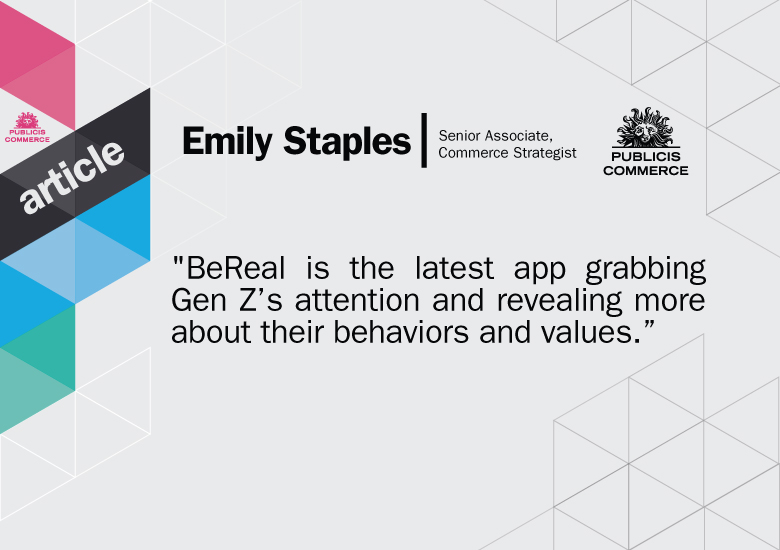The landscape of shoppable livestreaming has been a bit confusing, with Meta (formerly known as Facebook) seemingly steering away from the trend while TikTok leans in. Some critics are skeptical that live commerce can take off in Western markets as it has in Asian markets. So far, their skepticism appears to be justified, as live commerce has only accounted for an estimated $17 billion in total sales in the US, representing less than 2% of US e-commerce sales. In contrast, live commerce has generated over $514 billion in sales in China and is growing at a rate of 19%, according to eMarketer.
That said, something interesting happened during Netflix’s Love is Blind livestream reunion and Frank Oceans canceled Coachella livestream on YouTube. When both show viewers couldn’t access the streaming platforms live feeds, they turned to livestreaming their reactions to the news as well as livestreaming the actual events on TikTok and Instagram.

Bootleg livestreams are not a new concept, but what was noteworthy was the reaction of fans. The speed with which they turned to alternative livestreams or even began livestreaming themselves felt almost instinctual. This outpouring of support and the desperate need to seek out other platforms demonstrates just how invested younger audiences have become in livestreaming. It has become a more significant learned behavior in Western markets than we have given it credit for.
This reaction reveals a larger trend growing and a big opportunity for brands. Here are three important take aways for brands to understand from these livestream fiascos:
1. Loyal fan bases will show up
Although you can’t expect huge amounts of views during a livestream, your loyal brand followers are likely to show up. This may make some brands hesitant to invest in livestreaming, but you can repurpose your live content for social media posts, media placements, and website content to maximize ROI.
2. Preparation is key
To ensure that your livestream performs well, you must provide ample notification to your audience. Consider having a consistent schedule or anchoring a livestream around a predominant moment in the world or your brand's world.
3. Focus on entertainment
Remember that this is not QVC. Gen Z is not looking for you to push your product in their face. Instead, focus on making your livestream entertaining. You can subtly showcase your product in the background, pin a promo code in the chat, or wear your brand merchandise. If consumers are interested, they will ask and interact with you in the comments. Your brand should be viewed as a friend to consumers, not an annoying salesman.
"Shoppertainment" is essential for success, especially among younger audiences. Gen Z is seeking entertainment from brands, and having a good product and media placements is no longer sufficient to generate sales. Brands must identify fun and engaging moments that are also shoppable. To achieve this, brands should consider exploring live commerce options linked to social media and their branded sites. It's time for brands to start experimenting with this new approach to attract and retain the attention of younger consumers.






